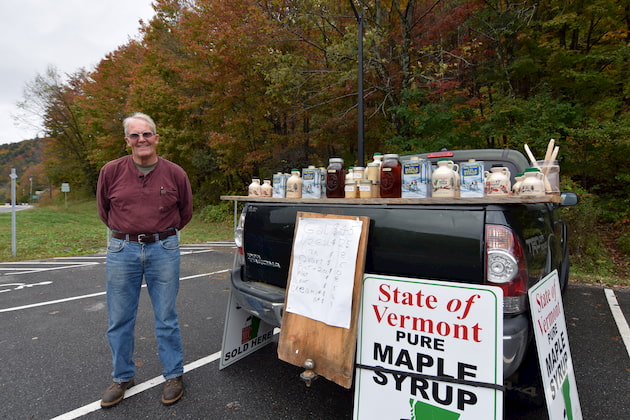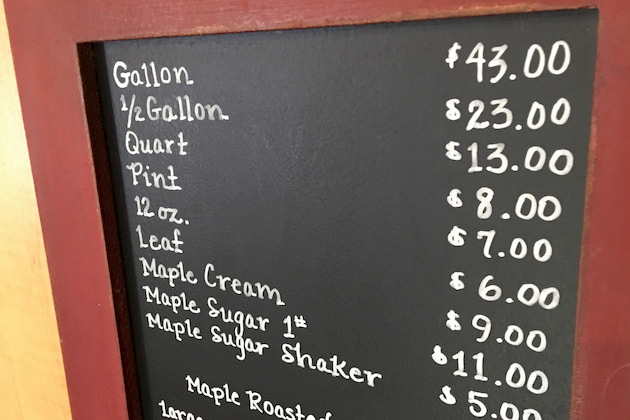UVM Proctor Page
Price-Setting for maple sales
Strategize your profits for the selling season
By MARK CANNELLA | OCTOBER 16, 2019
MORRISVILLE, Vt.—Prime-time maple retail season is picking up! It is time to welcome leaf peepers into our glorious northern woodlands, gear up for holiday sales and revisit price points for local demand.
I have worked with dozens of maple producers and retailers in recent years. Everyone wants to make more money and smart price-setting strategies are the key to meeting financial objectives.
It is common for people to scoff at a neighbor who apparently prices dooryard maple gallons too low. Who is selling syrup for $35 per gallon?
It is increasingly common for people to scoff at that new business selling pints online for $22+ in fancy glass bottles (aka expensive glass!). Whatever! Stop judging others and double-down on your own pricing strategy.
Price strategy can factor in a number of considerations.
Competitive pricing is a basic strategy that is very common. To use the competitive price strategy you scan the market place for similar products and peg your price to those.
An additional step is to implement price signaling. Price signaling occurs when you decide you want to implement a price discount compared to similar products…. “$2.00 off half pints, great value!”
Be aware, signaling works both ways. You could bump prices up 20% and now the customers whisper to you, “Why is that syrup down the road so cheap? Should I be worried about their syrup quality?”
If you are serious about making money, or serious about not losing money, you want to adopt a cost-based pricing strategy. To establish a cost-based pricing strategy, tally up the overall costs of running the business and calculate them to a per product unit size.
This can happen in stages. A first step is to take total costs and divide that by total production. Business advisers might call that an average cost or production but more often we all it a “reality check.”
Let’s say the average cost of production is $78.50 per gallon, good start. Consider your markets, review records on what package sizes you sell and set your prices to hit a $78.50+ as blended average across all the units sold.
The next steps in cost-based pricing are to analyze package costs, packing labor and sales effort for specific product lines.
Consider customer demand and the competitive environment at every point in your price setting decisions. If you consider raising prices you will need to make sure your products, message and brand match customer values.
UVM Extension has launched an online pricing tool at vtmaplebiz.org.
The pricing and sales forecast calculator is one of seversal maple business planning tools that include a yield forecast, cost budget and self-guided business plan.
UVM is also inviting producers to participate in the Northeast Maple Producers Survey.
We want producer input on the changes in the maple industry and how your business is adapting.
The online survey is available at: survey.vtmaplebiz.org

































